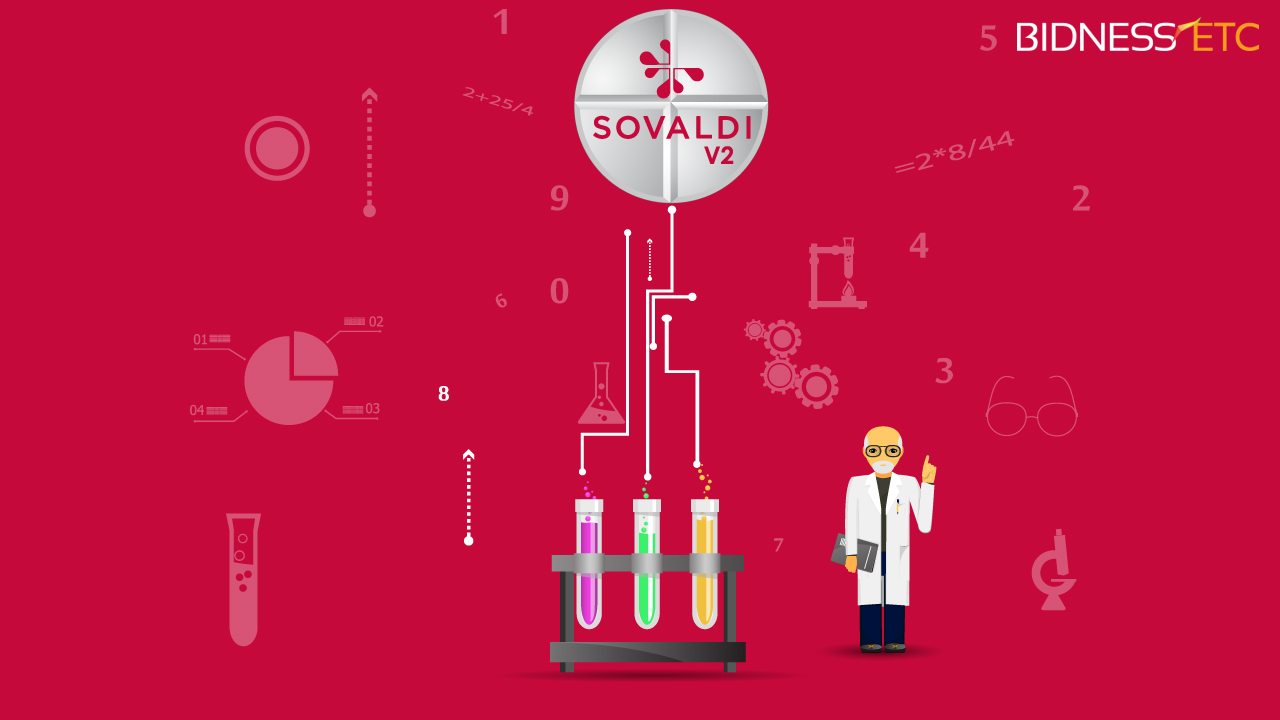
The supernormal growth phase appears to be over for Gilead Sciences (NASDAQ:GILD), at least for now. That’s the takeaway message from the company’s fourth-quarter report.
Those of us who have been bullish on Gilead over the past couple of years are now adjusting our models and trying to predict how the stock will perform over the next year as it transitions into a more normal growth phase.
It’s been a heck of a journey. Gilead has had one of the most compelling growth stories in the market, and has been a leader in the outperforming biotech space.
Over the past five years shares of Gilead have slaughtered the broad market. The stock is up 323% compared to a 94% climb for the S&P 500.
Much of Gilead’s impressive rise was due to the introduction (and resulting revenue and EPS growth) of its hepatitis C drug, Sovaldi. This blockbuster drug was the major growth driver behind Gilead’s fourth quarter, in which EPS expanded by 364% on revenue growth of 134%.
Despite that growth, over the past five months shares of Gilead have stalled out, falling by 7% as the S&P 500 rose by 3%
The lingering question – and the reason for Gilead’s lack of momentum in recent months –- is how the contracting pricing environment will affect its future growth as the hepatitis C market evolves.
The bottom line appears to be that drug prices for hepatitis care coming down. While per-patient treatment pricing is likely to be around $55,000 in the U.S. in 2015 (closer to $28,000 outside of North America), a gradual decline brings treatment down to $40,000 in the U.S. by 2020.
This means that Gilead now sees a global market of $14 billion to $16 billion annually through 2020, with the peak arriving in 2016. This is a bit lower than the $20 billion scenario that some Gilead bulls expected.
While the company is almost certain to be the dominant supplier with a 80% market share, that dominance is likely to erode as other drugs come onto the market.
The cumulative impact of lower prices and gradually eroding market share means that Gilead’s explosive growth from Sovaldi is now behind it. That isn’t a huge surprise, however, since we knew that the company wouldn’t be able to repeat the 122% revenue growth and 295% EPS growth that it generated in 2014.
Gilead is now likely to see more normal 6% to 10% revenue and EPS growth in 2015 and 2016. Looking out beyond that, growth is likely to flatten out, if not turn modestly negative.
What this all means is that Gilead needs another new drug (or stronger pricing environment) to get growth up into the double-digits again. This is somewhat typical for biotech firms. They enjoy the rapid growth that new blockbuster drugs bring, then they revert to more normal growth rates as those drug markets mature.
In Gilead’s case, it’s worth reminding investors that hepatitis C treatments are only part of the picture here (albeit a very large one), generating 50% of 2014 sales. Gilead also has a very healthy HIV drug franchise that generated 41% of total sales in 2014.
Long-term shareholders could do far worse than to hold Gilead stock right now. It’s a great company, and it could announce another acquisition any day that would bolster the pipeline. In fact, I’m convinced we’ll get one within the next 18 months, since the company has a stellar track record in this department.
But with the massive growth phase now over, there appears to be limited upside in the stock until Gilead’s next acquisition or major pipeline development announcement.
Management has softened the blow somewhat by introducing a quarterly dividend of $0.43. I anticipated that biotech firms would initiate dividends as they matured, though admittedly this one came sooner than I was expecting.
While welcome, the dividend alone isn’t going to excite the market. And I wonder how many funds will reduce their positions in Gilead over the coming months.
I love this company, and ultimately I believe the stock goes higher. But the reality is that the stock hasn’t broken out over the past five months and the recent earnings announcement isn’t likely to be the catalyst that makes it happen.
If anything, the results suggest the stock is trading pretty close to fair value right now. And those results take out the upside speculation that great momentum stocks need to keep on trucking.
I expect there could be some weakness as the market digests the company’s maturing growth rate. While long-term holders are probably best off just sitting pat, those that are more inclined to book gains while they have them should consider taking some money off the table. Any significant pullback would be a great opportunity to reload.
With Gilead’s growth slowing down, there are also other appealing biotech opportunities. My colleagues have been researching a new opportunity to invest in the “Smart Pill.” You’ve probably never heard about this latest medical device that was recently approved by the FDA. Click here to learn more about how to get in on the ground floor of this biotech opportunity.




20 thoughts on “Gilead Stock’s Supernormal Growth Phase is Over (for now…)”
Comments are closed.